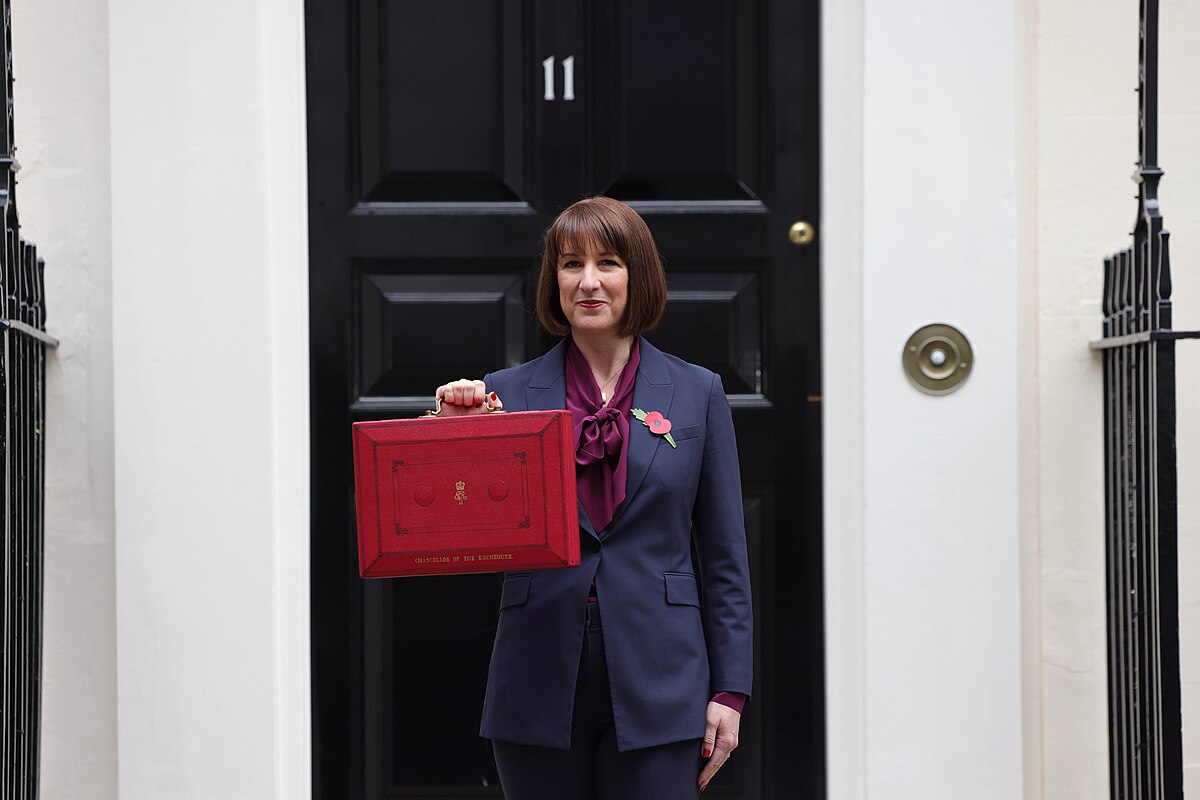
This budget is transformative for a variety of reasons. Firstly, it is Labour’s first budget in 15 years, setting the tone for their premiership and raising the question of whether they can change the country’s dismal economic landscape. Secondly, Rachel Reeves makes history as the first female Chancellor of the Exchequer, making it the first female budget. However, how female centred is Reeves’ budget actually? In her shadow position, she pledged to bring feminism to the treasury and promised that her budget would be a budget for women. To what extent does this promise hold true?
Women are often more susceptible to budget changes than men, predominantly due to the framework women find themselves in within the patriarchy – often suffering from issues related to the gender pay gap, public services and childcare. This article aims to analyse the functionality of Reeves’ budget by looking at how it tackles those issues.
The Conservative Spring Budget of 2024 serves as a striking illustration of how detrimental budgetary decisions can be to women. The Women’s Budget Group highlighted how Jeremy Hunt’s tax giveaways “benefit men over women and benefit the better off rather than those most in need”, leaving the rest at a disadvantage. Furthermore, the systematic underfunding of public services significantly impacts women more than men. Women not only utilize public services more frequently but also constitute a substantial portion of the workforce, particularly in childcare and nursing roles. Additionally, they are typically the primary caregivers in their families and often manage household budgets. The Conservatives’ lack of investment in public services was keenly felt among women, particularly concerning social care.
According to Alzheimer’s UK, two out of three people with Alzheimer’s are women, which takes up a large proportion of the social care sector. Furthermore, majority of people caring for these patients are also women, showing the vital need for social care investment and the large involvement of women within the social care sector.
Reeves pledged to bring feminism to the treasury and deliver a budget for women, and to a large extent she has. The budget increases day-to-day spending on public services to £44.1 billion a year by 2029/2030, supported by £41 billion raised in new taxes and an additional £100 billion in public sector funding. Additionally, Reeves changed the definition of debt in the government’s fiscal rules, allowing for greater borrowing to pump money into public services. She has also increased spending on health, education, early education, childcare and raised the living wage. Whilst these initiatives benefit women and signal a shift in governmental attitudes towards the budget’s impact on women, the question remains: has it gone far enough?
Arguably, despite the significant leap taken to favour women, there is still a long way to go to include all women. The disabled, as well as the poorest in our society, have not reaped the benefits of Reeves’ budget as much as others. Although £600 million of additional spending has been allocated to the social sector, it is not nearly enough to salvage it. Moreover, some have expressed their dissatisfaction with the budget for failing to address key issues such as the two-child limit, the freeze on local housing allowance, and the ongoing reforms to the work capability assessment.
Overall, while this might not be the groundbreaking budget we expected from our first female Chancellor, it is undoubtedly a step in the right direction. However, the over-arching portrayal of the budget as a budget for women is overly optimistic. At best, this budget can be described as a budget for some women.
Image: The Chancellor delivers the Autumn Budget 2024, Kirsty O’Connor, 2024//Open Government License v3.0



Average Rating